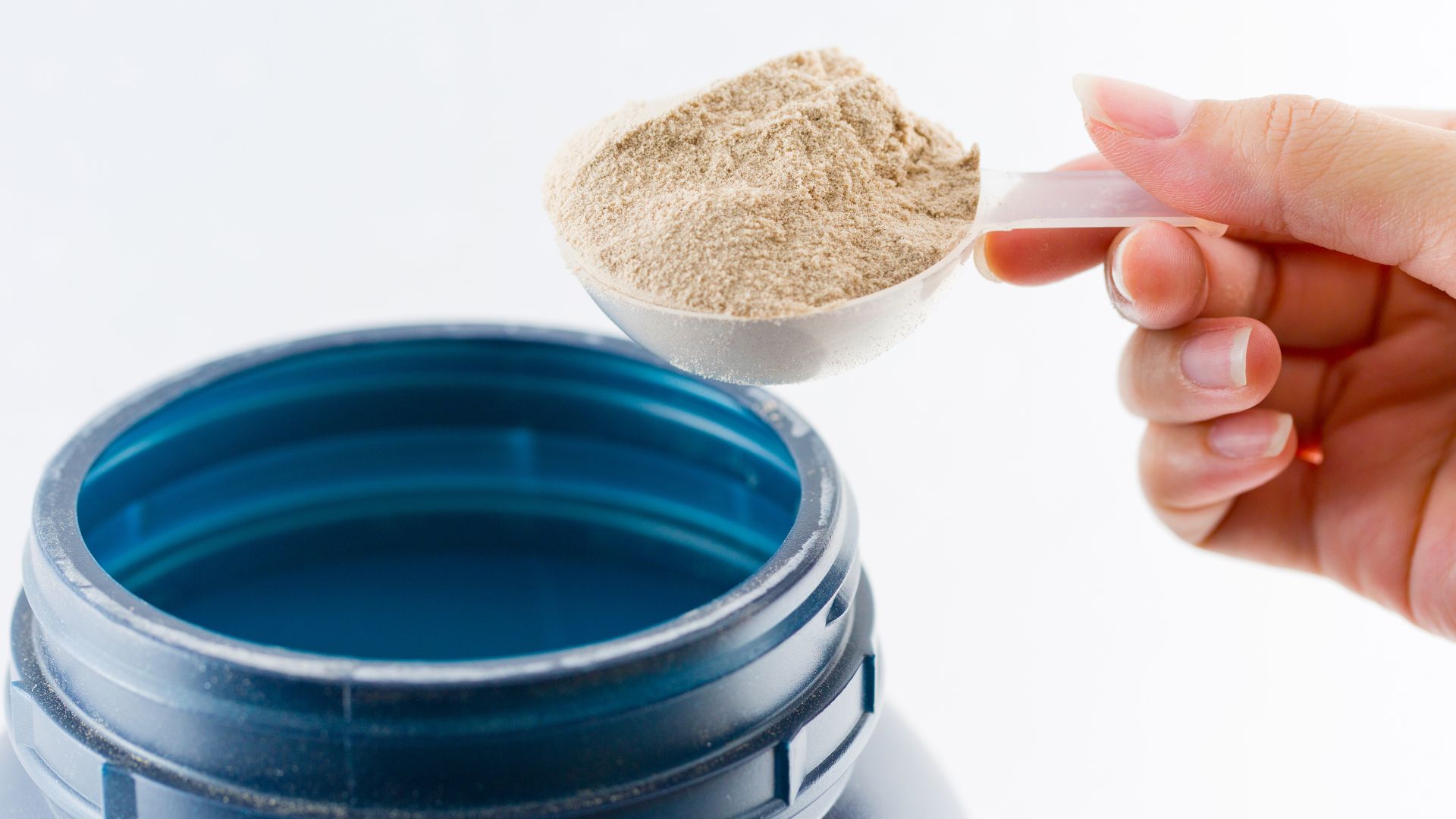Health
What Other Methods Are There For Hair Treatment?

Finding a solution that is effective for thinning hair can mean a lot of trial and error when using over the counter products. From hair thickening shampoos and essential oils to vitamin supplements, finding one that works for those experiencing hair loss may take time and may not provide the desired results. Depending on the level of hair loss being experienced, other methods can provide effective results. If you are someone that has tried different remedies to no success, here are other hair treatments that may help.
Advanced Hair Transplantation
Undergoing surgery to improve a thinning hairline may seem drastic to some, but with modern advancements in hair transplants, the results can be natural-looking and help to reverse the signs of ageing. Whilst a traditional hair transplant may leave obvious scarring or tell-tale signs of treatment, the procedure has seen vast improvements to minimise this. One method, in particular, is minimally invasive and involves no surgical cutting of the skin: Follicular Unit Extraction (FUE). A popular choice for medical tourists travelling to Turkey, a hair transplant in Istanbul using the FUE technique involves individual hair follicles being precisely removed from a healthy growth area. These individual hair grafts are then transplanted to the area of hair loss and can follow the hair’s natural direction of growth. This type of hair transplant has minimal downtime and doesn’t involve surgically removing a strip of skin, such as found with other hair transplant techniques.
Medication
Depending on the root cause of hair loss, some non-prescription medication can help. For someone suffering from alopecia areata, where patchy hair loss can occur on the scalp and various areas of the body, the hair could regrow in time if stress-related and not require any additional treatment. Medication such as Rogaine can help stimulate hair growth if this is a concern and works by massaging it into the scalp on a daily or twice-daily basis. This method can take time to show results, sometimes up to 6 months, and may only slow the rate of hair loss rather than reverse it but can be ideal if the hair loss is not permanent. Propecia is another medication for men in the form of a prescription pill. Similar results can be expected of either regrowth in the areas of hair loss or the slowing down of hair loss overall.
Laser Therapy
A different method completely to medication and surgery is the use of laser light therapy for hair loss. This uses red light at a lowlevel to enhance the blood circulation to the hair follicles. A safe and less invasive treatment, laser therapy can target an area of hair loss and if used alongside other treatment products, can help hair to regrow naturally. Results can take time to show due to this and may need multiple treatment sessions over a few months depending on the aesthetic an individual is looking for. Ideal for those in the early stages of hair thinning or hair loss, it is not an effective option for those with permanent hair loss and can be expensive to undergo.
For those experiencing the early stages of hair lossto permanent loss of hair on the scalp, having a consultation with a doctor or clinic is always recommended as a first step. This way, the hair loss can be assessed properly and the right treatment, whether it’s surgery, medication, or laser therapy, can be advised, helping restore an individual’s hair confidence once again.
Health
Best Times to Take Whey Protein Isolate for Optimal Results

For anyone looking to build muscle, recover faster, or simply improve their overall nutrition, timing can make a big difference when it comes to protein intake. Whey protein isolate is one of the most efficient and bioavailable sources of protein available — easily absorbed by the body and ideal for supporting recovery and growth. Whether you’re a seasoned athlete or just starting your fitness journey, knowing the best times to take it can help you make the most of its benefits. If you’re looking for a high-quality option, explore premium whey protein isolate in Australia to fuel your results.
1. Post-Workout: The Prime Time for Recovery
The period immediately after your workout is arguably the best time to consume whey protein isolate. During exercise, your muscles experience micro-tears and deplete their glycogen stores. Consuming whey protein isolate within 30 minutes post-training provides your body with fast-digesting amino acids, which help repair muscle tissue and stimulate protein synthesis.
Pairing your shake with a source of carbohydrates can further enhance recovery by replenishing glycogen stores and promoting better nutrient absorption.
2. First Thing in the Morning
After several hours of sleep, your body wakes up in a fasted state. Consuming whey protein isolate in the morning helps prevent muscle breakdown and kickstarts your metabolism for the day. It’s particularly useful if you don’t have time for a full breakfast or if you train early in the morning.
This quick, easily digestible protein gives your muscles a readily available source of amino acids to maintain muscle mass and energy levels throughout the morning.
3. Between Meals to Support Protein Intake
If you struggle to meet your daily protein goals through food alone, taking whey protein isolate between meals is a simple way to boost your intake. This is especially beneficial for those aiming to build lean muscle or lose fat while maintaining muscle mass.
A mid-morning or mid-afternoon shake helps stabilise blood sugar levels and reduces the temptation to reach for less nutritious snacks.
4. Before Bed (When Needed)
While casein protein is traditionally recommended for nighttime use due to its slow digestion, whey protein isolate can also be beneficial before bed in certain cases — particularly for those who train late in the evening or need additional daily protein intake.
Although it digests quickly, it still provides your muscles with amino acids to support repair and recovery during the early stages of sleep.
Optimising Your Protein Strategy
Ultimately, the best time to take whey protein isolate depends on your fitness goals, training schedule, and dietary habits. The most important thing is to ensure you’re consistently meeting your total daily protein needs. Whey protein isolate’s versatility makes it easy to integrate into your lifestyle — from breakfast smoothies to post-workout shakes.
-

 Tech5 years ago
Tech5 years agoEffuel Reviews (2021) – Effuel ECO OBD2 Saves Fuel, and Reduce Gas Cost? Effuel Customer Reviews
-

 Tech6 years ago
Tech6 years agoBosch Power Tools India Launches ‘Cordless Matlab Bosch’ Campaign to Demonstrate the Power of Cordless
-

 Lifestyle6 years ago
Lifestyle6 years agoCatholic Cases App brings Church’s Moral Teachings to Androids and iPhones
-

 Lifestyle5 years ago
Lifestyle5 years agoEast Side Hype x Billionaire Boys Club. Hottest New Streetwear Releases in Utah.
-

 Tech7 years ago
Tech7 years agoCloud Buyers & Investors to Profit in the Future
-

 Lifestyle5 years ago
Lifestyle5 years agoThe Midas of Cosmetic Dermatology: Dr. Simon Ourian
-

 Health7 years ago
Health7 years agoCBDistillery Review: Is it a scam?
-

 Entertainment6 years ago
Entertainment6 years agoAvengers Endgame now Available on 123Movies for Download & Streaming for Free
